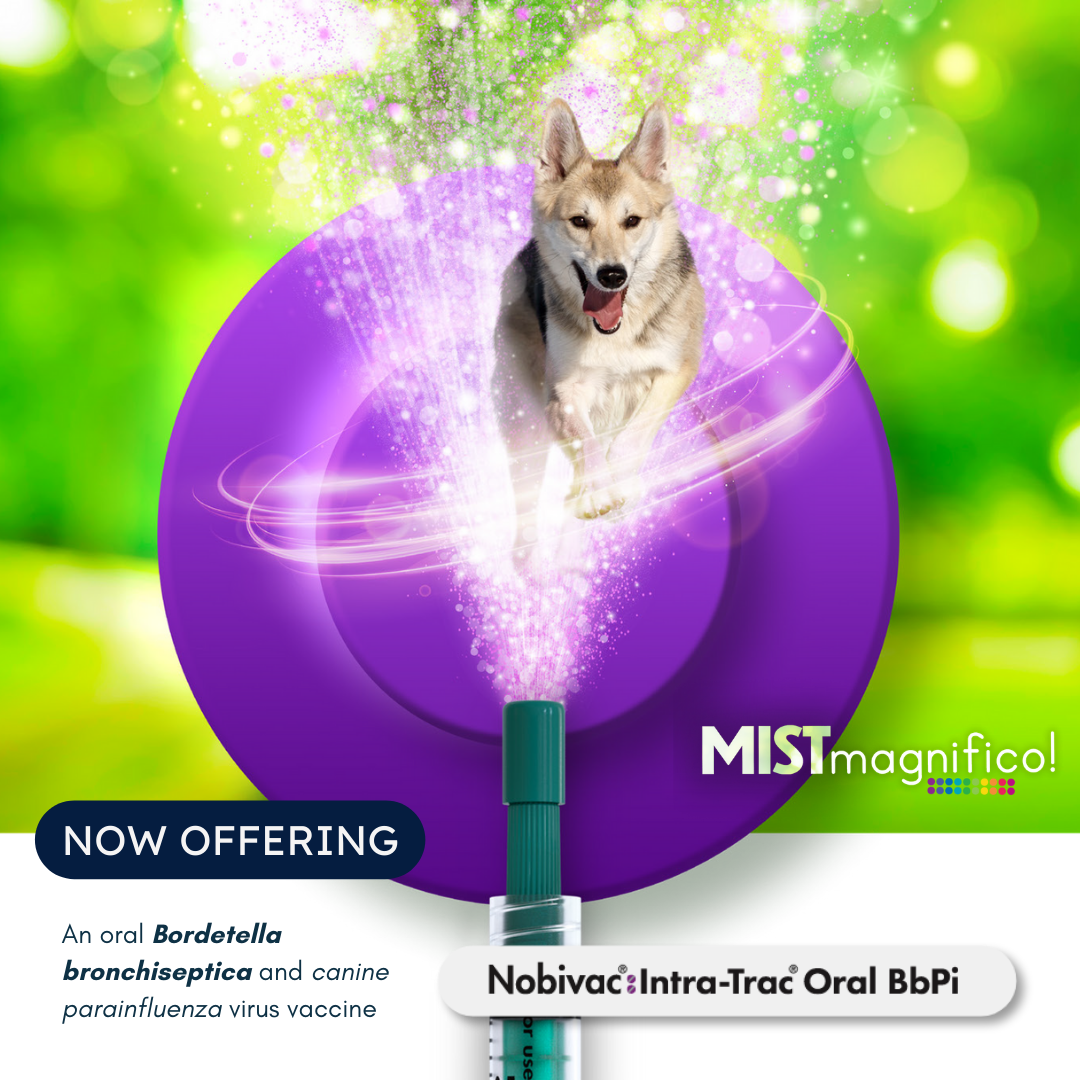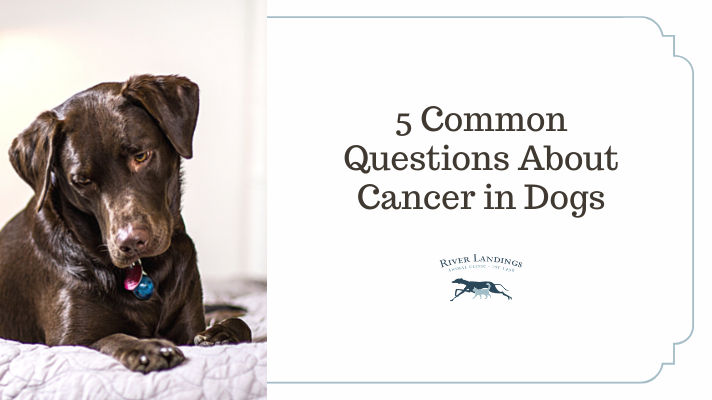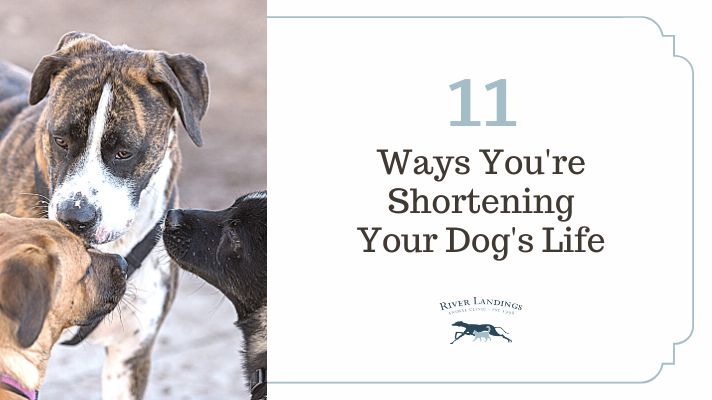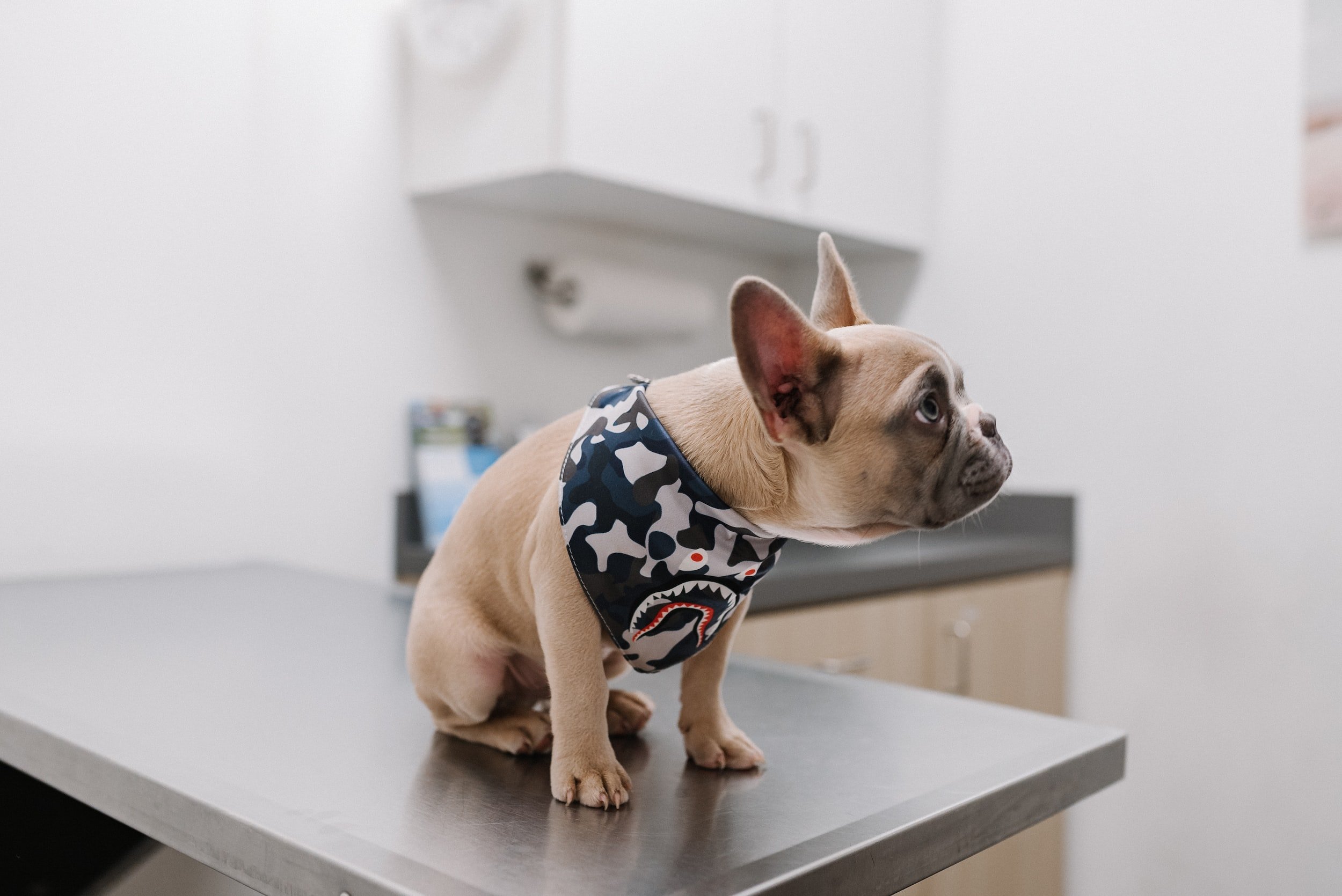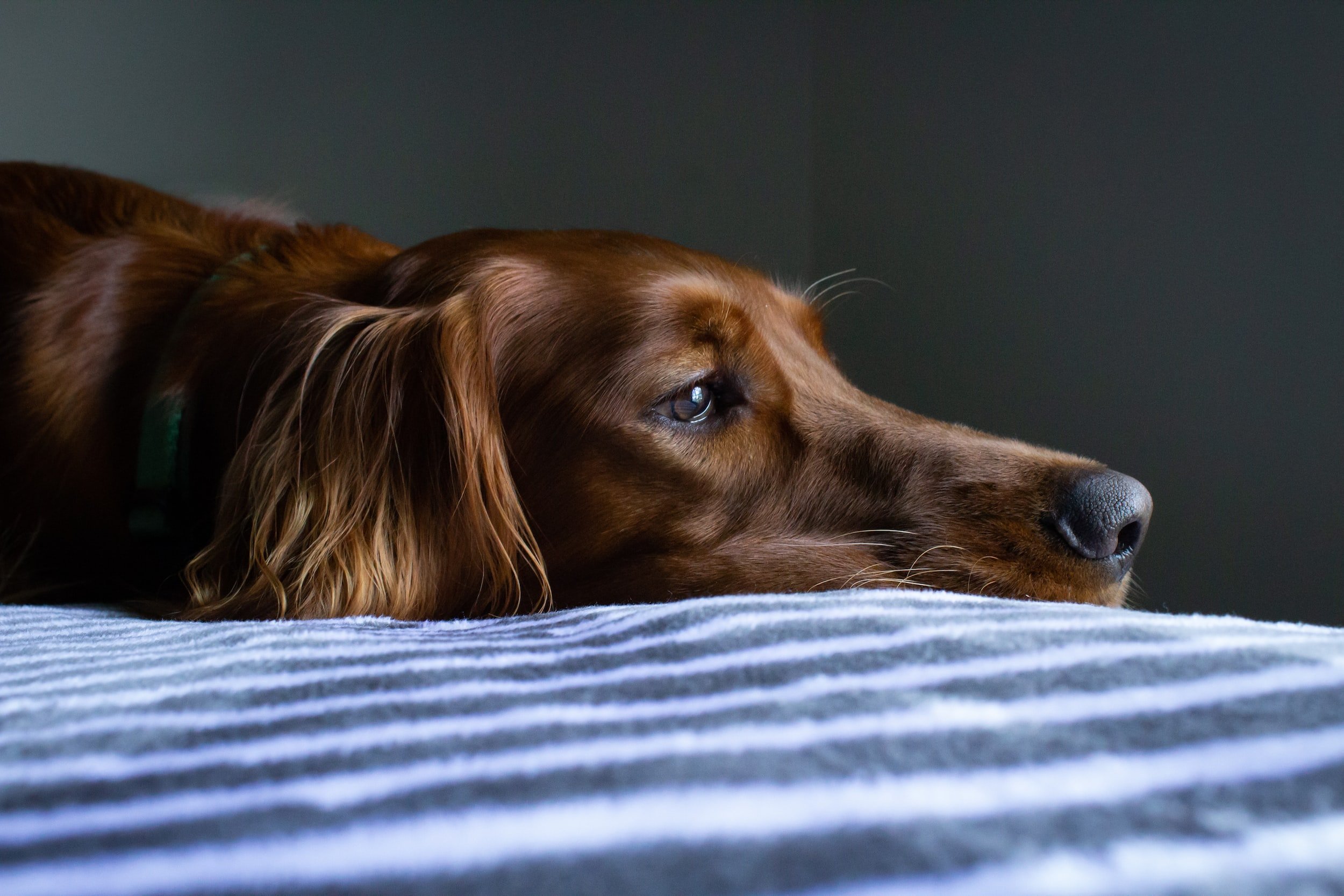Teaching children to prevent dog bites
When you're teaching children about dog bite prevention and how to be safe around dogs, keep it simple. Discuss animals, how we relate to them, and the role of animals in your family, not just how to avoid being bitten. If you have younger children, always supervise them around dogs and be mindful of how the child interacts with the dog so they learn to be gentle from the beginning.
Avoiding Incidents With Strange Dogs
Stay away from dogs you don't know. If you or your child sees an unknown dog wandering around loose and unsupervised, avoid the dog and consider leaving the area. Consider alerting animal control.
Don’t ever pet a dog without asking first. Both adults and children should always ask the owner for permission to pet their dog, even if it’s a dog you know, or that has seemed friendly toward you before.
Quietly walk away. When confronted by an aggressive dog, slow movements are best.
Be a tree. Stand still if a dog comes after you, then take a defensive position. Stand quietly, with hands low and clasped in front. Remain still and keep your head down as if looking at your feet. If knocked down, cover your head and neck with your arms and curl into a ball.
Avoid escalating the situation by yelling, running, hitting or making sudden movements toward the dog.
Avoiding Incidents at Home
Never tease dogs by taking their toys, food, or treats, or by pretending to hit or kick.
Never pull a dog’s ears or tail, and don't drag, climb on, or try to ride dogs
Don't try to play dress up with the dog. Some dogs won't like it.
Leave dogs alone when they're eating or sleeping.
If a dog goes to bed or to their crate, don’t bother them. The bed or crate is the dog’s space to be left alone. A dog needs a comfortable, safe place where the child never goes. If you’re using a crate, it should be covered with a blanket and be near a family area, such as in your living room or another area of your home where the family frequently spends time. Note: don't isolate your dog or their crate, or you may accidentally encourage bad behavior.
Tips for Parents
It's important to educate children at a level they can understand. Don’t expect young children to be able to accurately read a dogs’ body language. Instead, focus on gentle behavior and that dogs have likes and dislikes and help them develop understanding of dog behavior as they grow older.
As a parent, report stray dogs or dogs that frequently get loose in your neighborhood.
Keep dogs away from infants and young children unless there is direct and constant supervision.
Teach children that the dog has to want to play with them and when the dog leaves, he leaves -- he’ll return for more play if he feels like it. This is a simple way to allow kids to be able to tell when a dog wants to play and when he doesn’t.
Don’t give kids too much responsibility for pets too early - they just may not be ready. Always supervise and check on pet care responsibilities given to children to ensure they are carried out
Remember: if you get your kids a pet, you’re getting yourself a pet, too.
Hear From Us Again
Don't forget to subscribe to our email newsletter for more recipes, articles, and clinic updates delivered straight to your e-mail inbox.
Related Categories:




